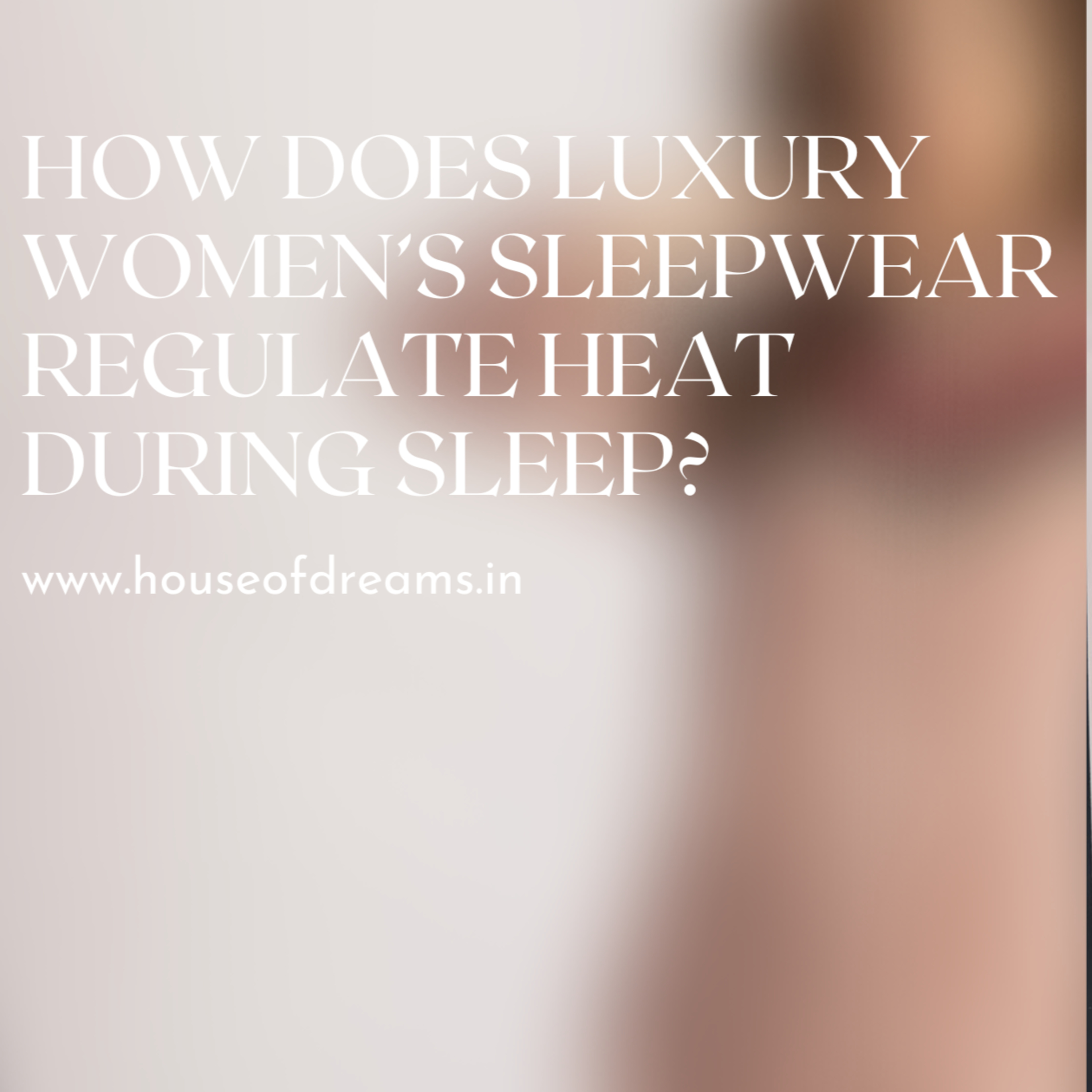How Does Luxury Womens Sleepwear Regulate Heat During Sleep?

A healthy adult needs 7 to 8 hours of sleep per night. He or she ought to nod out in five to fifteen minutes. Humans frequently awaken when they are sleeping since it is a natural aspect of the sleeping cycle. People frequently become irritated when they awaken in the middle of the night. But the fact that the sleep mechanism operates flawlessly is a really good omen. Sleep disturbances are undesirable, though. Healthy adults who experience changes in thermal comfort while sleeping experience sleep disruptions.
\nHuman sleep is significantly impacted by the thermal environment. For instance, your skin temperature rises and your core body temperature drops when you are drowsy. While the skin temperature stays high throughout the night, the body's core temperature continues to drop. Only when you wake up does your core body temperature rise. Room temperature, humidity, airspeed, nightwear, and weather influences the thermal environment. As the body tries to preserve thermal comfort, exposure to cold makes it harder to fall asleep.
\nSo what is the answer? Clothing provides body insulation and temperature regulation and bedding. Theoretical research on thermal comfort demonstrates bedclothes and sleepwear maintain the right thermal environment.
\nFor sleepwear and bedding, they used synthetic textiles like polyester and nylon in addition to natural fabrics like cotton and wool. The various fabric qualities affect thermal insulation differently. Insulating qualities of fabrics have an impact on thermal comfort. It controls how much heat and moisture is transferred from the skin to the outside.
\nRead more: https://www.behance.net/gallery/159781837/How-Does-Sleepwear-Regulate-Heat-During-Sleep